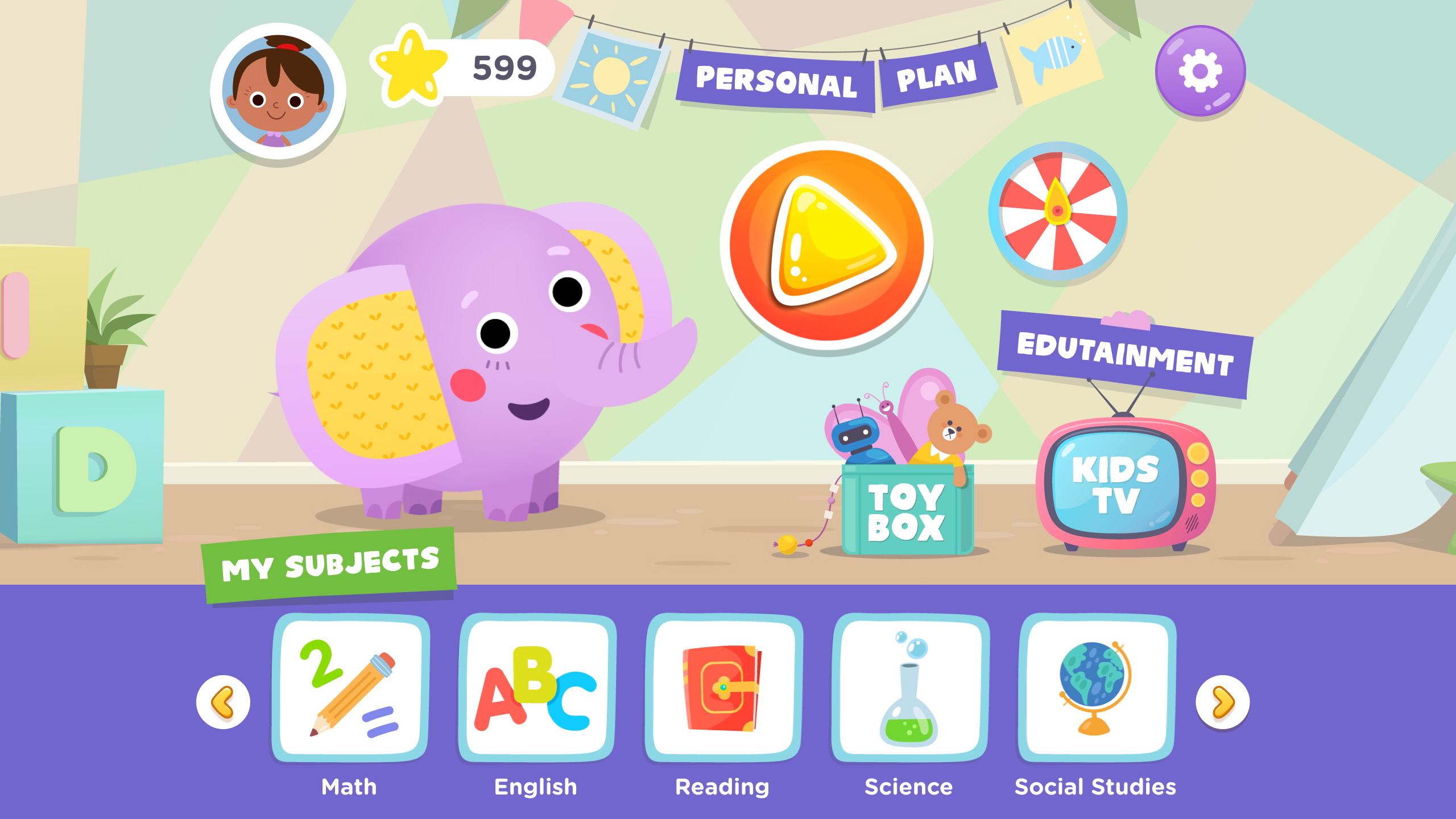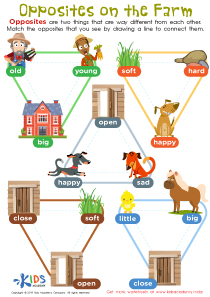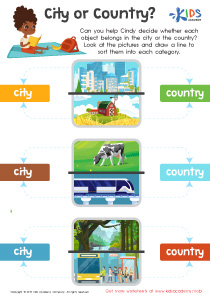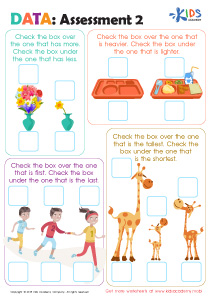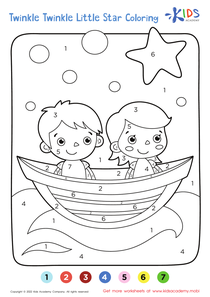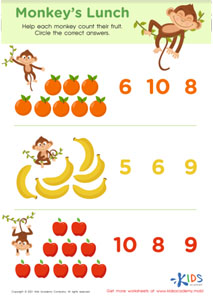Number Recognition Math Coloring Pages Worksheets for Ages 4-9
12 filtered results
-
From - To
Introduce your child to the exciting world of numbers with our "Number Recognition Math Coloring Pages Worksheets for Ages 4-9"! Perfectly designed to blend fun with learning, these engaging worksheets help young learners effortlessly identify and understand numbers. Through vibrant coloring activities, kids enhance their fine motor skills, reinforce number recognition, and develop a love for math. Ideal for preschool to third graders, these pages make numbers come alive, providing an enjoyable educational experience. Dive into our extensive collection today and turn math practice into a colorful adventure! Download now for endless hours of learning fun.
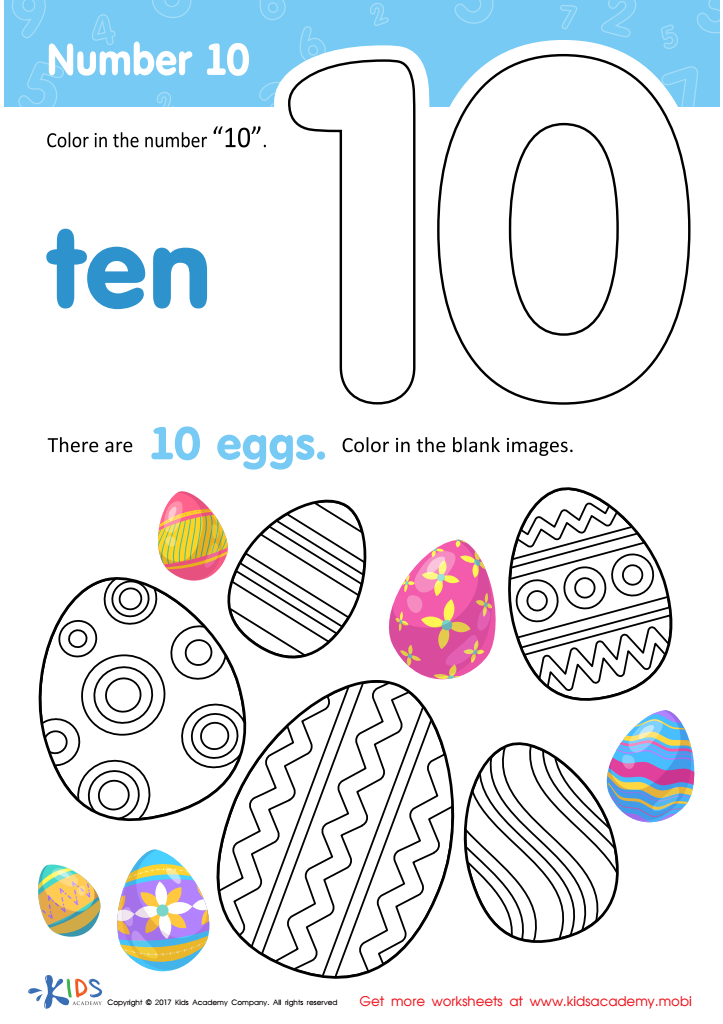

Number 10 Printable
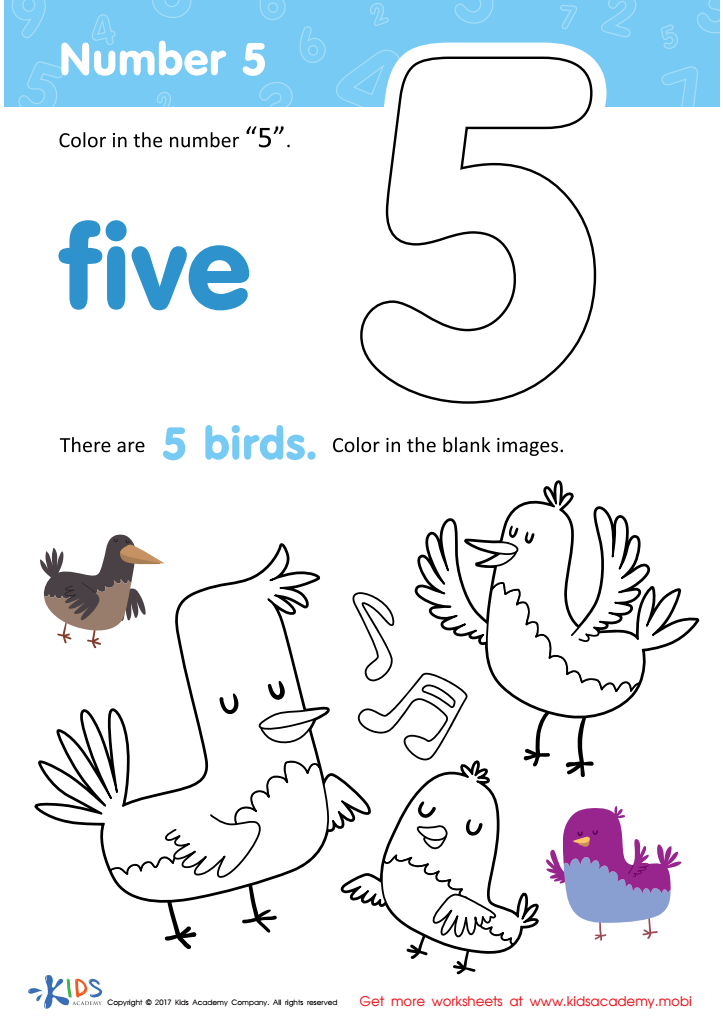

Number 5 Printable
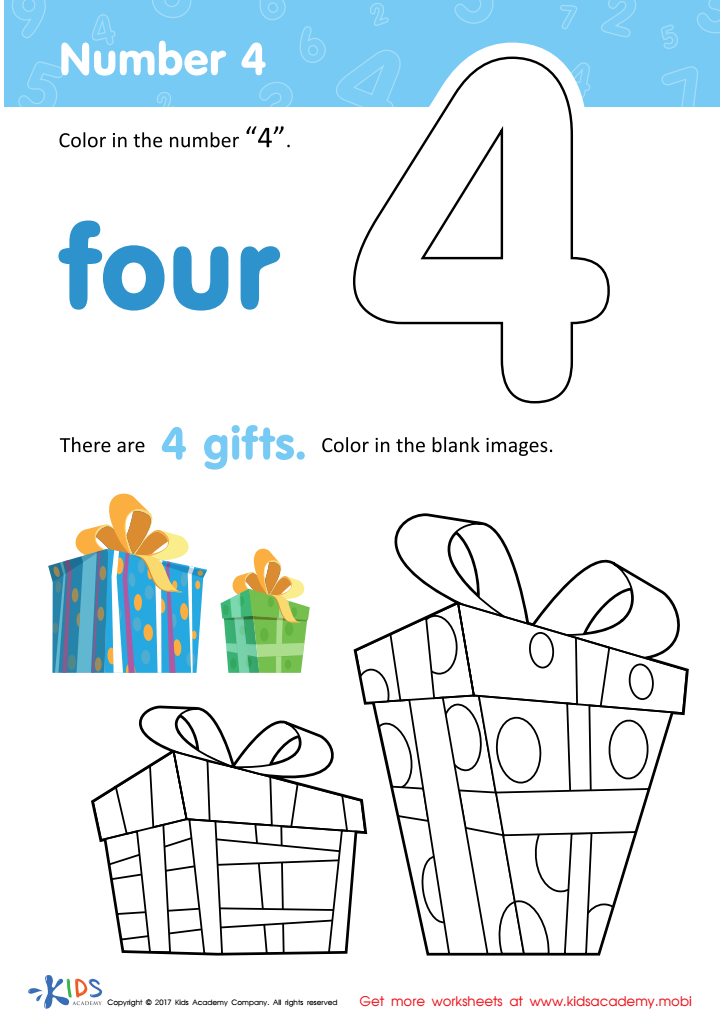

Number 4 Printable
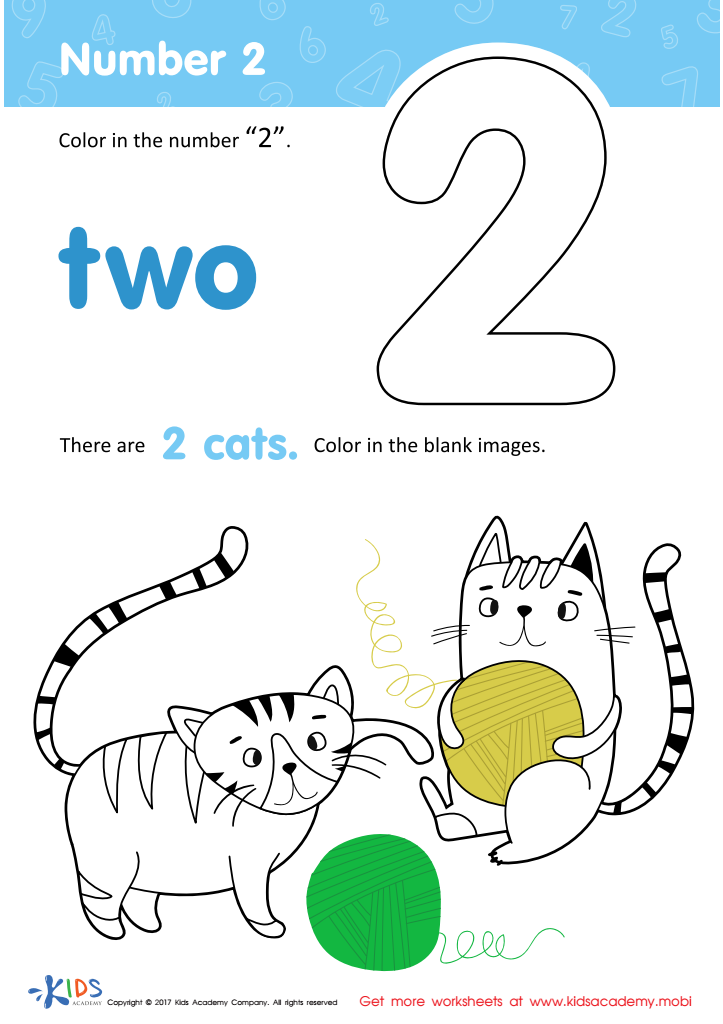

Number 2 Printable
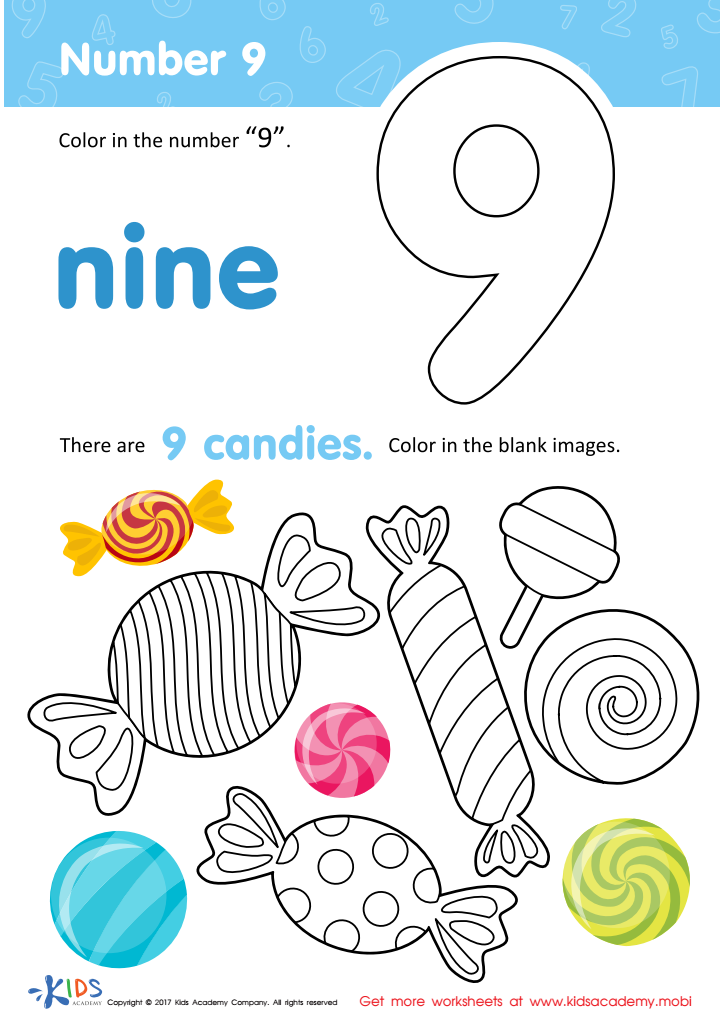

Number 9 Printable
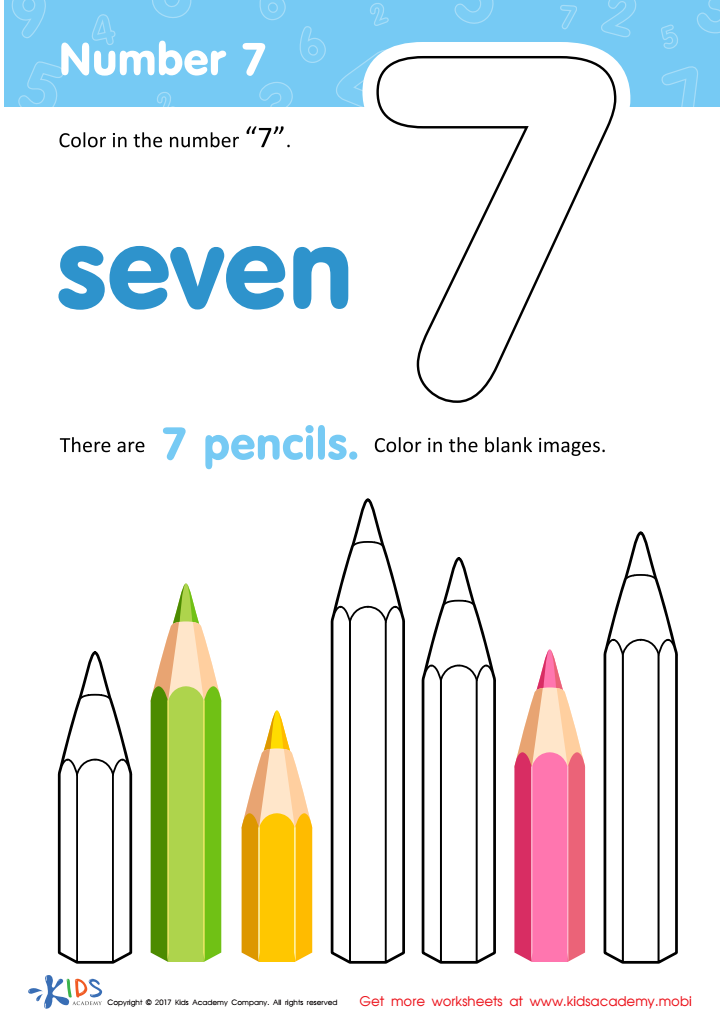

Number 7 Worksheet
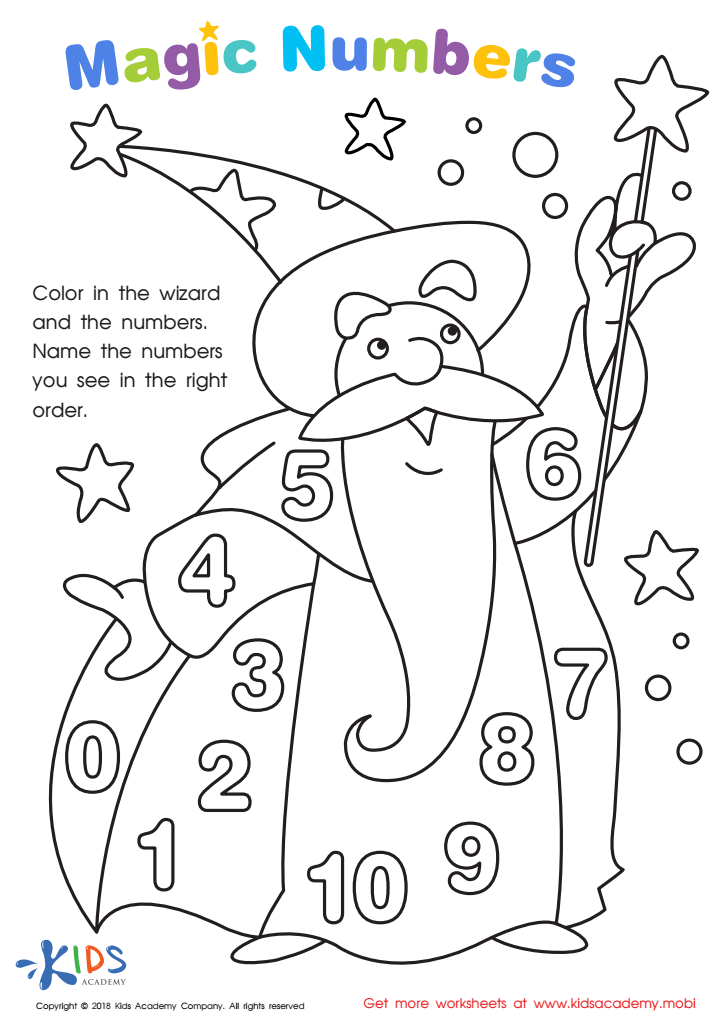

Magic Numbers Worksheet
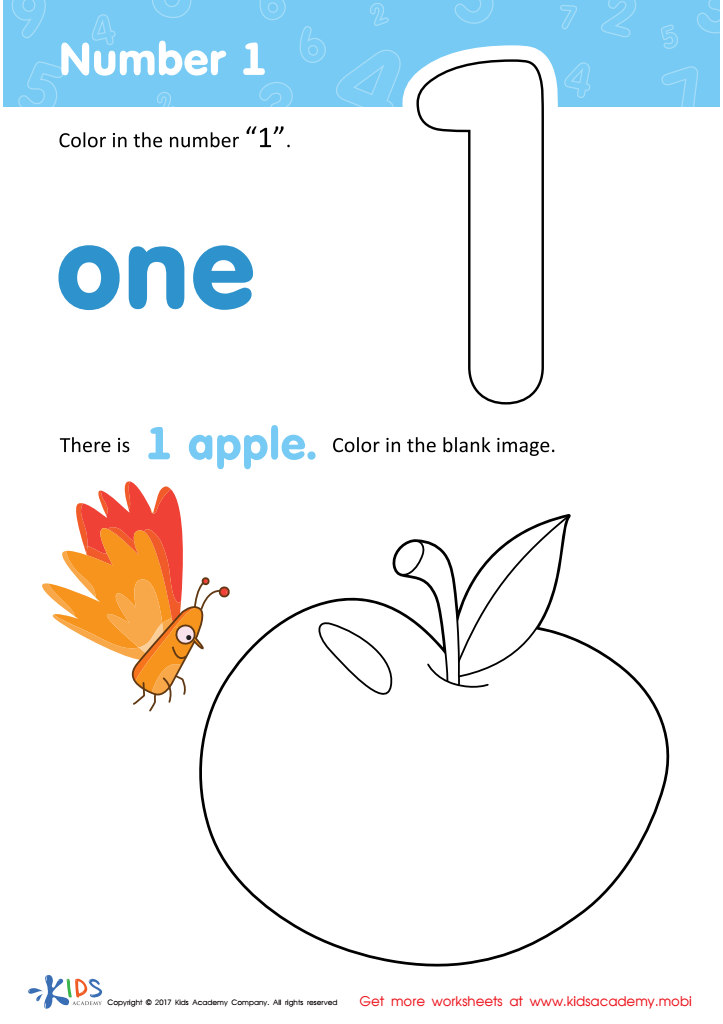

Number 1 Printable
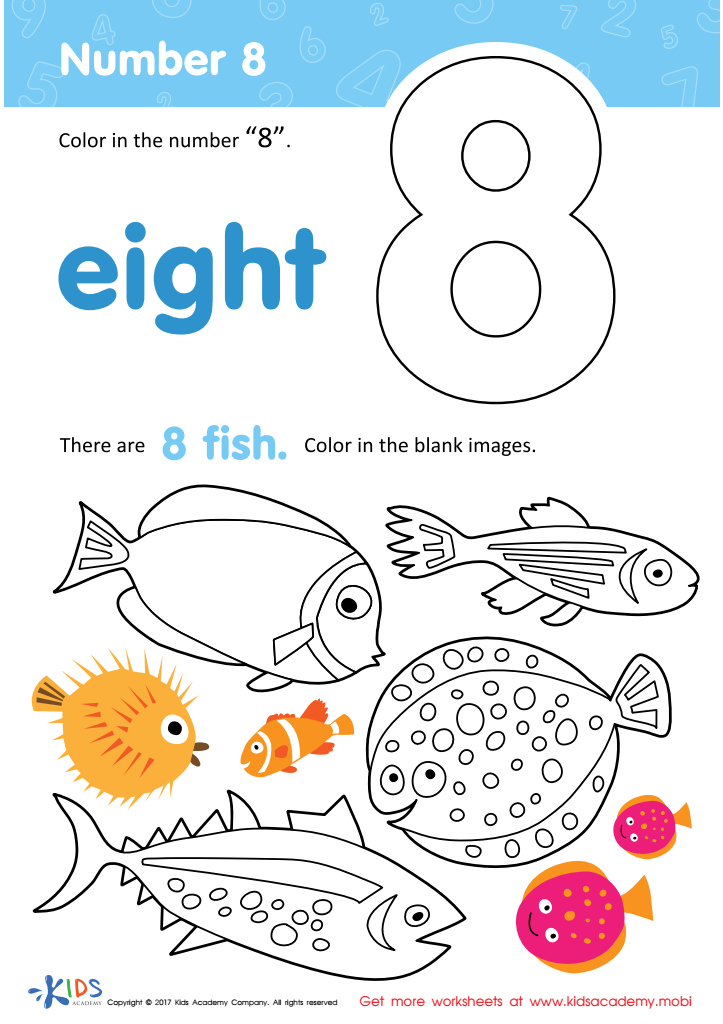

Number 8 Printable
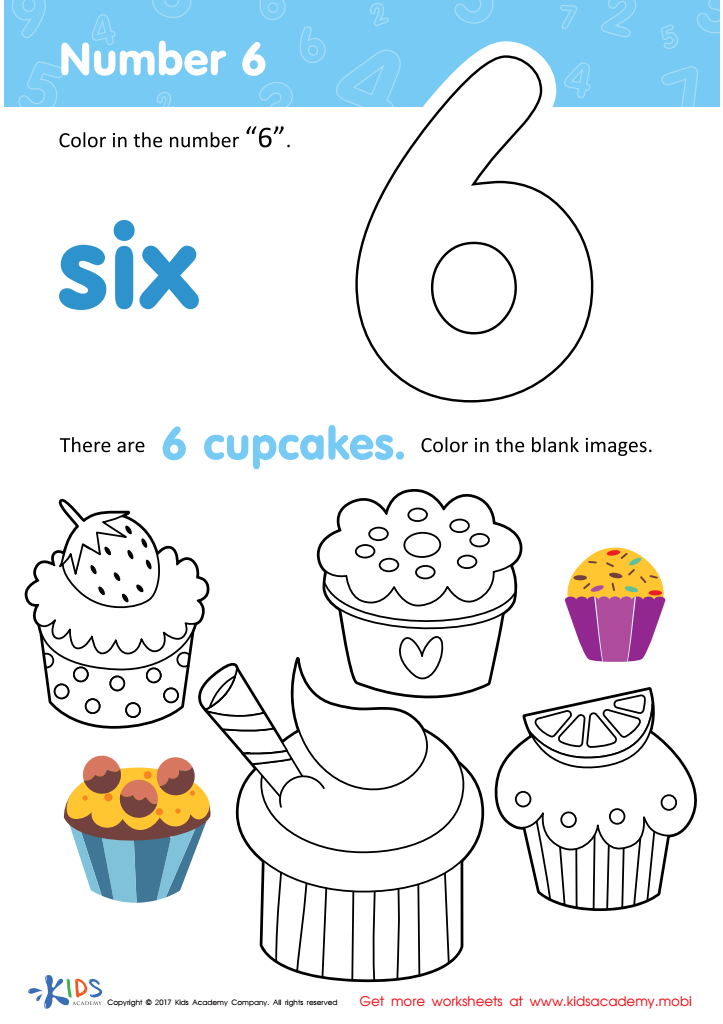

Number 6 Worksheet
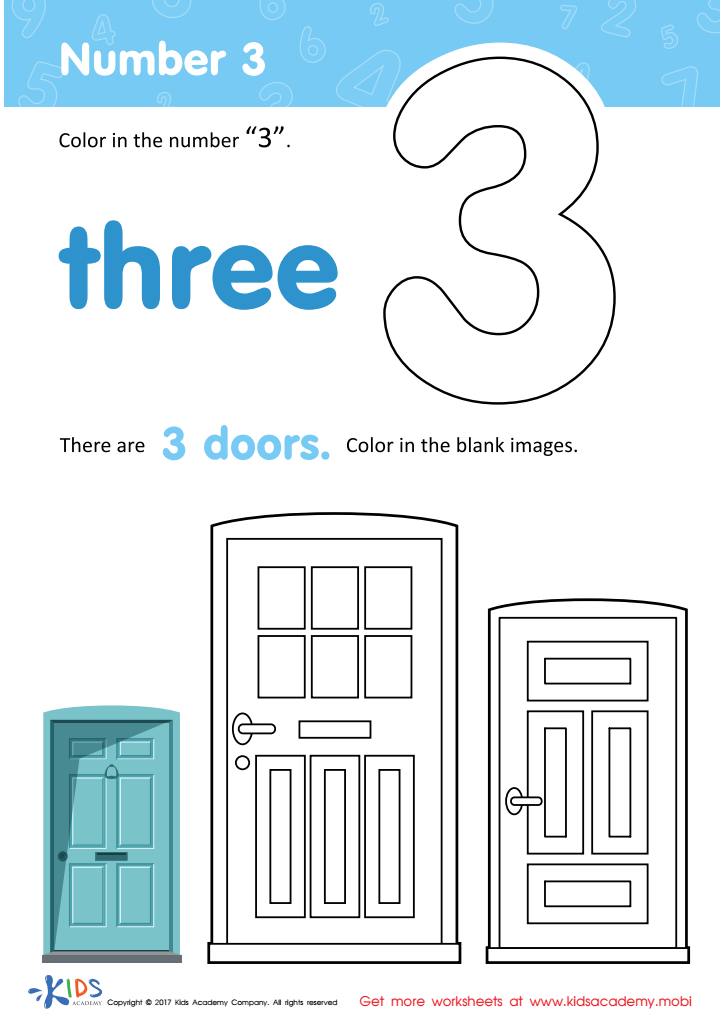

Number 3 Worksheet
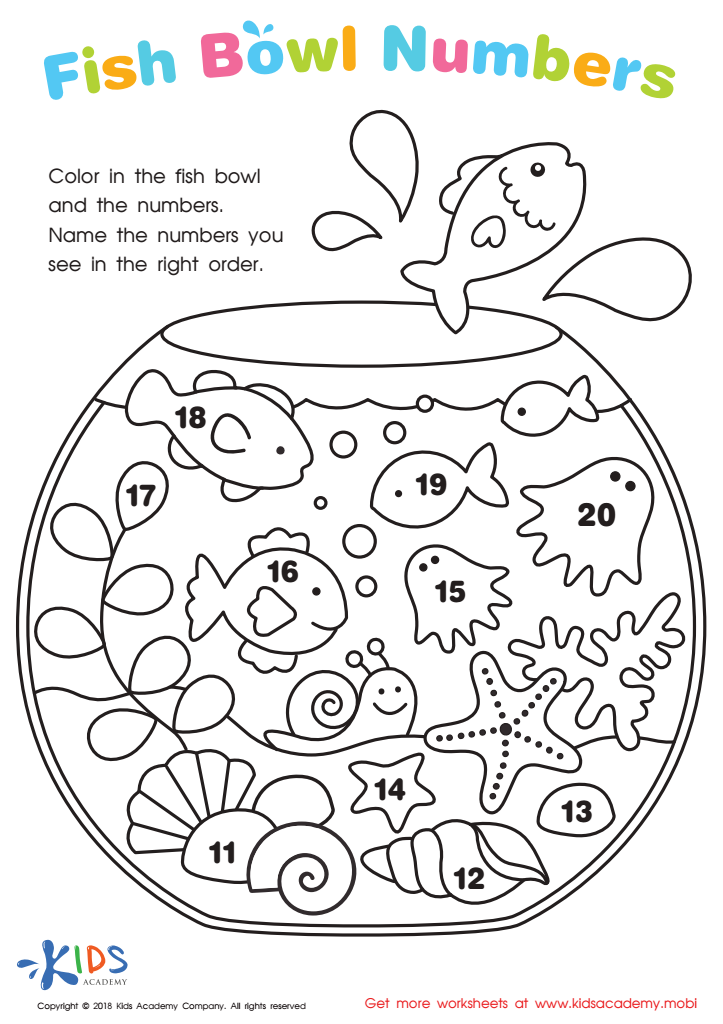

Fish Bowl Numbers Worksheet
Number recognition math coloring pages are a highly effective educational tool for children aged 4-9. At this developmental stage, kids are starting to learn foundational math skills, which are critical for their future academic success. Integrating learning with a fun activity like coloring can significantly enhance their engagement and motivation.
Firstly, these coloring pages help children recognize and understand numbers, forming a visual association between numerical symbols and their meanings. This is essential for building subsequent math skills such as counting, addition, and subtraction.
Secondly, this method promotes fine motor skills and hand-eye coordination. As children color within the lines, they develop better control of writing instruments, preparing them for more advanced writing tasks.
Lastly, incorporating colorful illustrations and interactive elements in math learning fosters a positive attitude towards the subject. It makes math less intimidating and more approachable by presenting it in a playful context. This can be especially beneficial for reluctant learners who might struggle with traditional methods.
Parents and teachers should value number recognition math coloring pages because they blend the joy of creativity with the fundamentals of math, offering a holistic approach that can turn learning into an enjoyable experience. This early positive interaction with math can lay a strong foundation for continued educational enthusiasm and achievement.
 Assign to My Students
Assign to My Students






